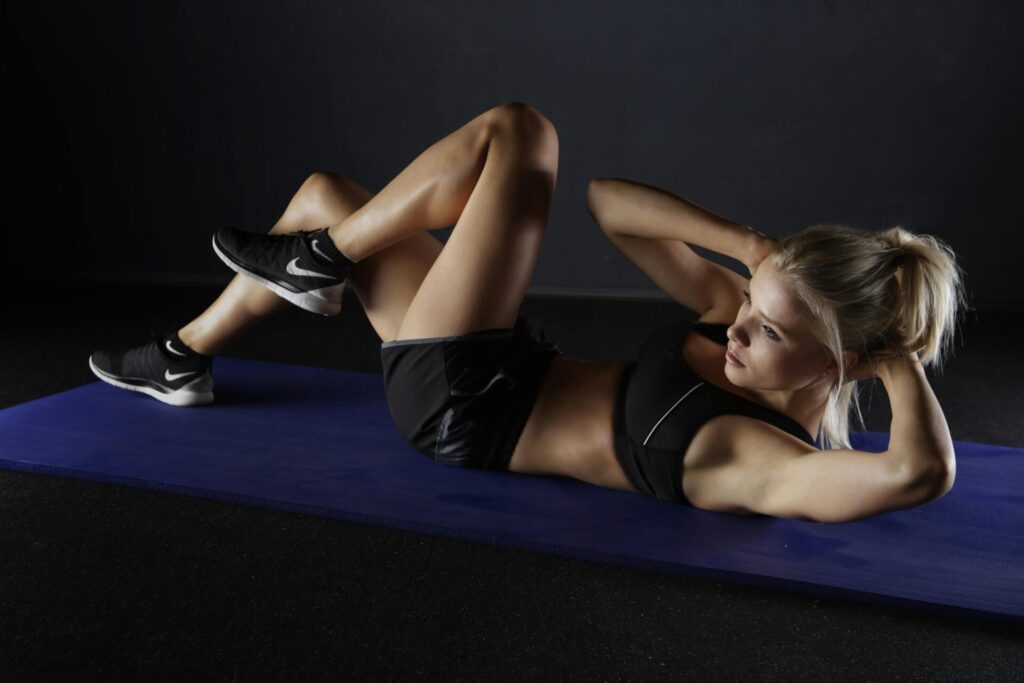Exercise selection is one of the training variables that we must consider when designing a program for hypertrophy. When it comes to selecting exercises to maximise hypertrophy there are a few factors we need to consider and one of which is the limiting factor of that exercise.
First let’s just refresh on how we maximise hypertrophy in training. The goal in training is to provide a stimulus of sufficient magnitude and duration to elicit a hypertrophic response. Basically we need to perform our exercises with enough load and to a sufficient relative intensity which means taking our working sets 3-0 reps from failure.
So we’ve established that to grow a muscle we must stimulate that muscle. So which exercises achieve this best? Well what you need to know is that muscles don’t recognise exercises. Your quads don’t know if they are doing a leg extension or leg press. Both will stimulate the quads and therefore both will cause growth. This means at its most basic level, you can pick any exercise you like, as long as it targets the desired muscle group and you work hard enough within the set.
A limiting factor is essentially the component of a system that will be the first to fail. As it relates to the hypertrophy program we want to make sure that the limiting factor of an exercise is the target muscle group. I’ll give you an example and a somewhat contentious example at that. Front squats are often programmed with the goal to increase quad stimulation as opposed to a high bar or low bar back squat. It’s true that quad emphasis is increased in a front squat in comparison to its counterparts due to the front rack position of the bar allowing the lifter to keep a more upright torso position and increase knee flexion. This means the quads are being moved through a greater range of motion. This sounds great but I’d argue that in a majority of cases the limiting factor for people doing front squats is thoracic strength or their ability to hold the bar in the front rack position. If you have to drop the bar before your quads have been stimulated then is this an effective exercise to stimulate growth? Probably not. A more appropriate use of the front squat would be if you find that your torso collapses coming out of the hole and you want to increase your strength in this position. In this case you’d probably program it in another secondary squat session and it wouldn’t be the primary exercise for your quads.
Other common examples include
-
Unstable surfaces: Completing exercises on unstable surfaces will more than likely reduce the amount of load you use or reps you can complete. Are you using the exercise to stimulate your target muscle or train your balance?
-
Grip strength: Often people in the gym you’ll see people continually dropping weights or ending sets early as their grip strength is failing. They’ll then say things like “It’s all good, my grip strength just needs to catch up”. Well sadly it rarely does and whilst it’s a good idea not to simply use wraps and chalk for every exercise you do, your deadlifts are not going anywhere fast if all you care about is grip strength. If grip strength is a priority for you then there are a number of different and specific exercises for this that don’t interfere with the development of other body parts.
If maximising hypertrophy is the goal then the target muscle must be the limiting factor for that exercise. If this is not occurring then it’s likely the target muscle group is not being effectively stimulated. The good thing about this concept is that it’s very straightforward to come to a conclusion as to whether you’re targeting the appropriate muscle because simply, you’ll feel it. The other factor that works in our favour is that hypertrophy can be achieved through any exercise. This means that through experimentation you can find exercises that best suit you.







